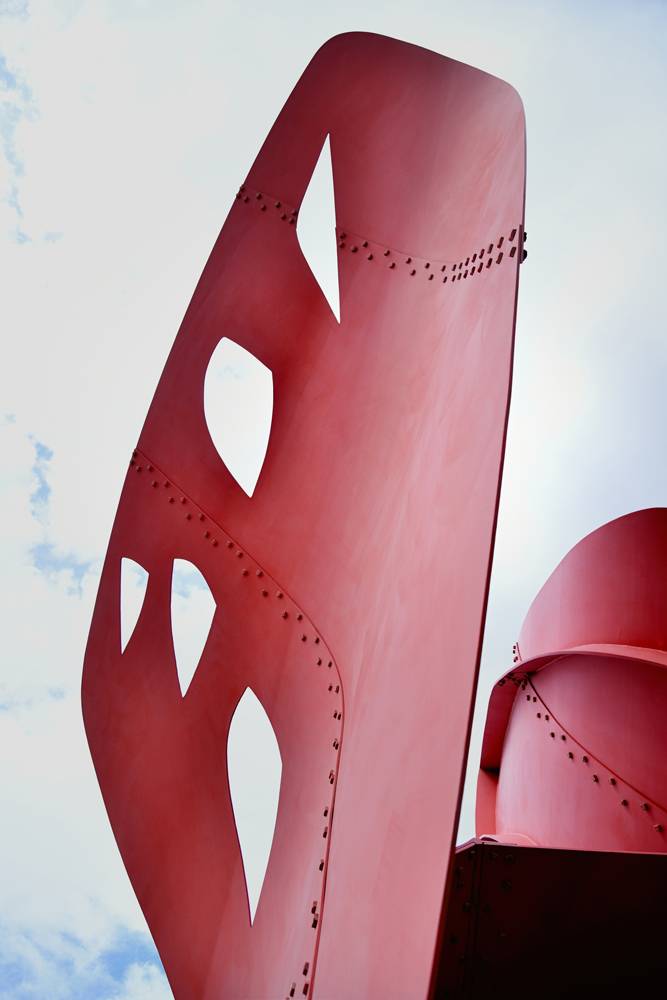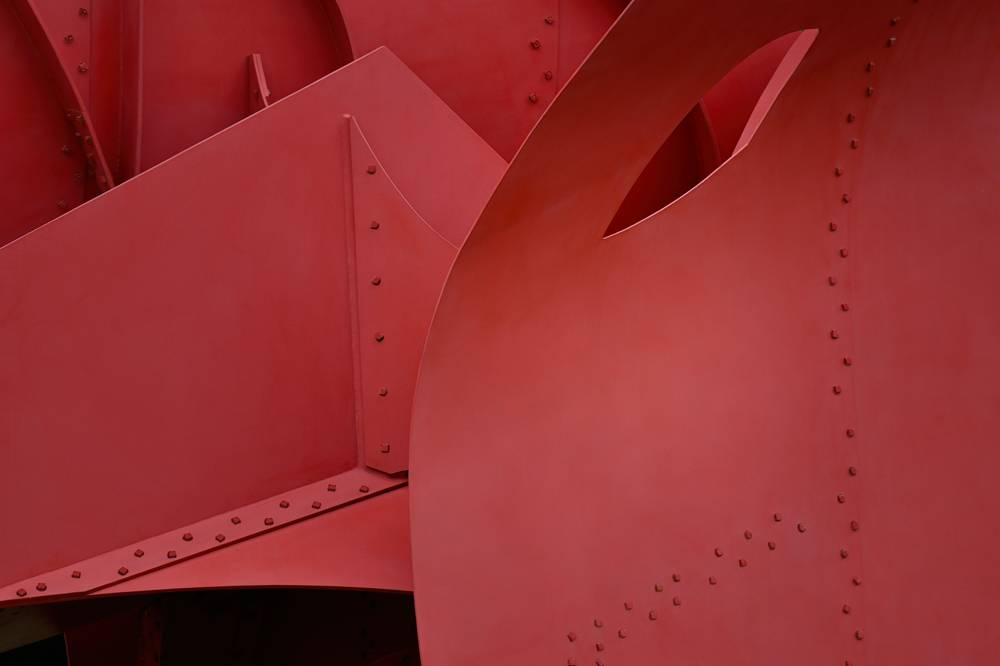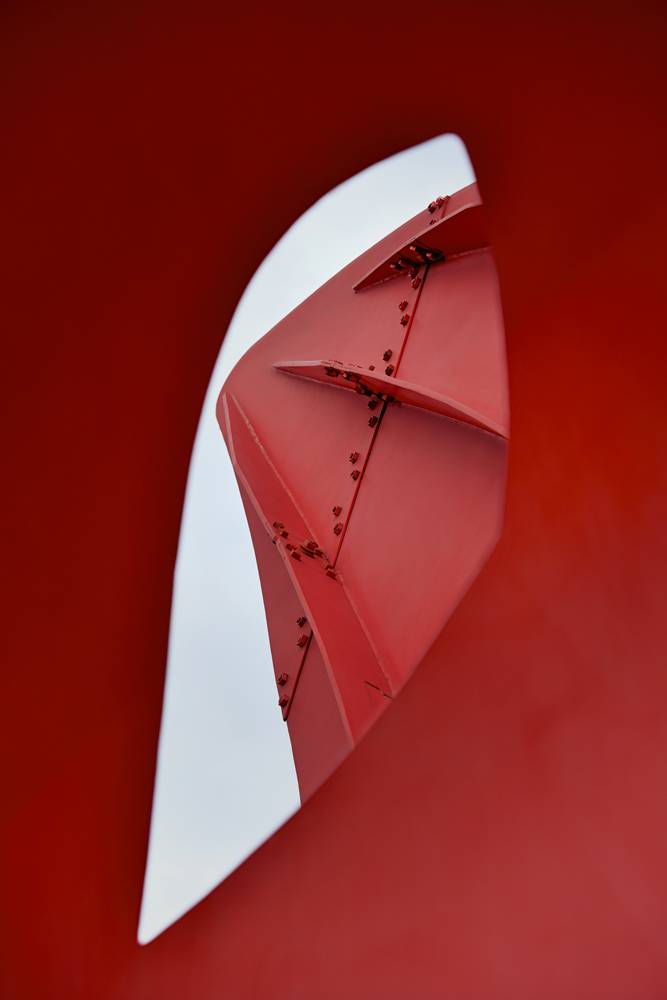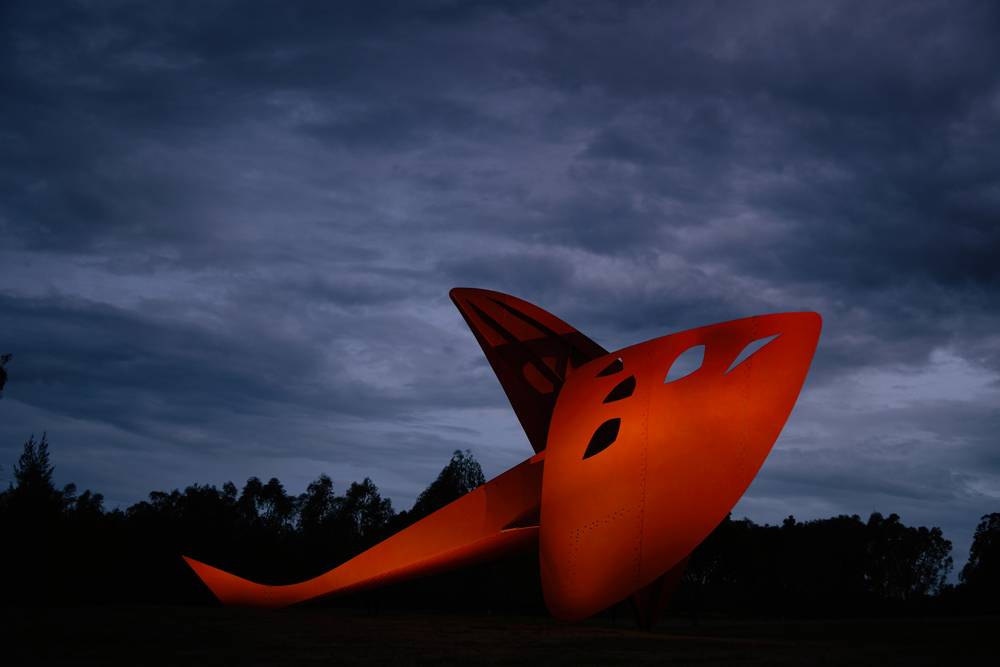
18
FIAC 2021: Alexander Calder’s giant dragon takes flight at Place Vendôme
A setting that today hosts the greatest luxury houses in the heart of the capital, the Place Vendôme has also been the site of memorable installations during the fair for the past nine years. After the works of contemporary artists Paul McCarthy (2014) and Elmgreen & Dragset (2018), or the giant pumpkin by Yayoi Kusama (2019), this one will welcome for the first time the work of a modern artist: Alexander Calder, whose steel sculpture will subtly draw the image of a giant red dragon on the square until January 2 taking flight.
Published on October 18, 2021. Updated on May 31, 2024.

Edward Said, in a famous essay devoted essentially to music, celebrated the “late style“. He saw in it the space of both transformation and revelation of the heart of an artist’s work. Flying Dragon, one of Alexander Calder’s last works, is a manifestation of this moment that both guides the artist to another place and reveals the depths of his creation.
First of all, it’s a stabile. We know the famous tension, in Calder’s work, between “stabiles” and “mobiles”, mobiles suspended in the air, stabiles grappling with the ground. As in a cave open to the world, art comes from heaven and earth. From this position a second tension can be deduced: unity – that of the stable, a work in one piece – and plurality, open to a multiplicity, which is that of the mobile, composed of several elements that play one and the many. Whereas the stabile is a pure unity: a form, on earth, with the world.

Second deduction: representation, or “mimesis”. The Flying Dragon offers, as its title suggests, the image of a flying dragon. But this flying dragon is on earth: it is as if the work proposed a kind of contradiction in terms. A flying dragon, on earth. It has often been sought – following a somewhat naïve approach – to see in the mobiles of solar systems, stars responding to each other. We would therefore have above us a prodrome of the galaxies that surround us. We, as living subjects of the work, are the microcosm of the whole of humanity dreaming of its centrality, and therefore we interpret everything according to our references. The Flying Dragon is next to us, and it’s as if, in this late period, we are taking flight, with Calder. As if the ground became sky.
“Mimesis”, again. Calder knows how to take on forms with genius. The representation is brought together in a few lines, while the non-referential forms take on a force of suggestion that allows us to see stars in them, or to seek interpretations in them. Like heaven and earth, reference and non-reference struggle to provoke the experience of the gaze. We have never seen a flying dragon, except in the sculptures of Asia or in a dream from 1962 announcing the Summer of Love, thanks to Peter, Paul and Mary. Calder decenters the gaze, decenters perception, with an essential work, which is, after all, only metal. In doing so, he became part of the history of sculpture and paved the way for a multiplicity of creations. With Flying Dragon, Calder shows that he knows, better than anyone, how to master scale: he is able to go from the smallest form to a monumental form, constantly thwarting the categories of “bricolage” and “monumentality”.

The monument assumes that it does not celebrate, that it does not tell, but simply that it is : that it is a sign almost devoid of content. It is not an abstraction, it is not a pure representation – but a new representation of what is not. It is a reality that is grappling with the world. Sculpture is a hauntology: it exists as much by its shadow as by its presence. With Flying Dragon, a public sculpture, an essential form on a monumental scale, Calder assumes the space of the work, as negative as it is positive. Sculpture exists through everything that surrounds it. And the Flying Dragon tells us that the earth could well be the sky: an apparent paradox that opens up our sensation. Let’s not forget that, if it was Jean Arp who named the stabiles, it was Marcel Duchamp who was at the origin of the term “mobile”.
Alexander Calder, “Flying Dragon”, from October 19, 2021 to January 2, 2022 on the Place Vendôme, Paris 1st.

















